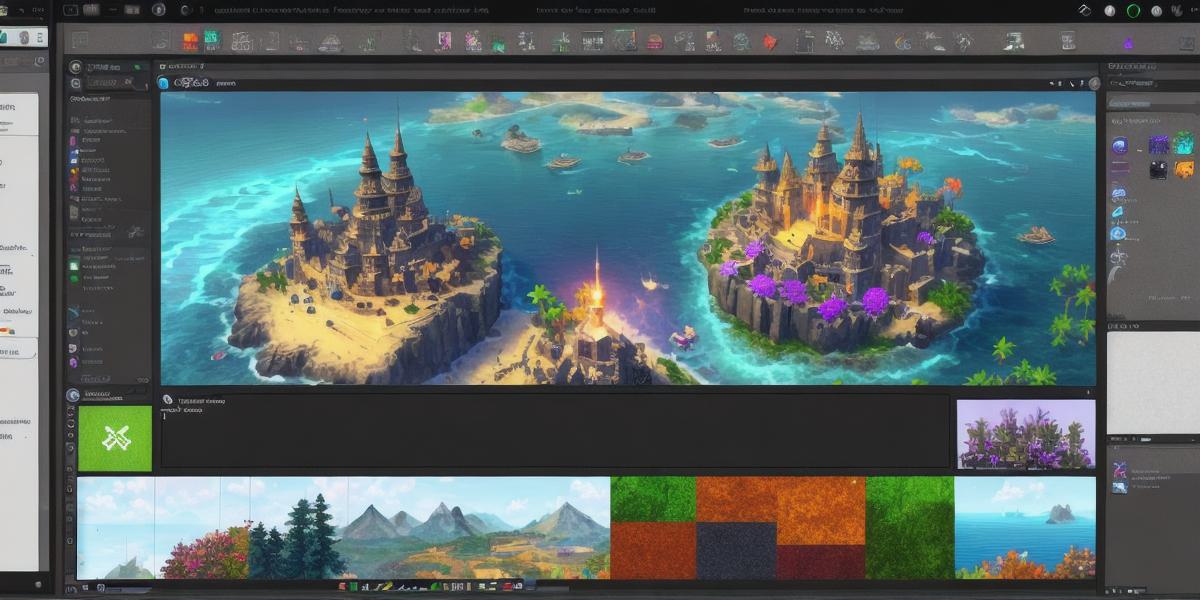Are you ready to take your game development skills to the next level? Look no further than Unity 2D! In this guide, we’ll go over everything you need to know to get started with Unity 2D development. From setting up your development environment to creating your first game, we’ve got you covered.
Introduction
Unity is one of the most popular game engines out there, and for good reason. It’s easy to use, incredibly powerful, and has a huge community of developers who are always willing to help. In this guide, we’ll focus specifically on Unity 2D development, which is perfect for creating 2D games like platformers, puzzle games, and more.
Setting Up Your Development Environment
Before you can start creating games with Unity, you’ll need to set up your development environment. Here are the steps you should follow:
- Download Unity from the official website (https://unity3d.com/). Make sure you download the latest version.
- Install Unity on your computer. Follow the instructions provided during the installation process.
- Open Unity and create a new project. You can choose to start with a 2D template or create a completely blank project.
- Choose your scripting language. Unity supports C and JavaScript, so choose the one you’re most comfortable with.
Creating Your First Game
Now that you have everything set up, it’s time to start creating games! Here are some steps to get you started:
- Create a new layer in your scene for your game objects. This will make it easier to organize your game later on.
- Add some basic game objects to your scene, like a player character, enemies, and obstacles.
- Write some code to control your game objects. For example, you could create a script that allows the player to move left and right using the arrow keys.
- Add some animations to your game objects. This will make them look more realistic and engaging.
- Test your game regularly to make sure everything is working as expected.
Tips and Tricks
Here are a few tips and tricks to help you get started with Unity 2D development:

- Don’t be afraid to ask for help! The Unity community is incredibly helpful, and there are plenty of resources available online to help you learn.
- Take advantage of the built-in tools in Unity. For example, you can use the particle system to create explosions and other effects.
- Experiment with different scripting languages and techniques to find what works best for your game.
FAQs
Q: What if I’m new to programming?
A: It’s completely okay to be new to programming! Unity has a lot of resources available to help you learn, including tutorials, documentation, and community forums.
Q: How do I create animations in Unity?
A: To create animations in Unity, you can use the animation window. This allows you to create and edit animations for your game objects.
Q: Can I export my game to other platforms besides PC and mobile?
A: Yes! Unity supports a wide range of platforms, including consoles, web browsers, and more. You can export your game to any platform that Unity supports.
Summary
Unity 2D development is an exciting and rewarding field, and with this guide, you’re well on your way to creating your first game! Remember to be patient, experiment with different techniques, and don’t be afraid to ask for help.
